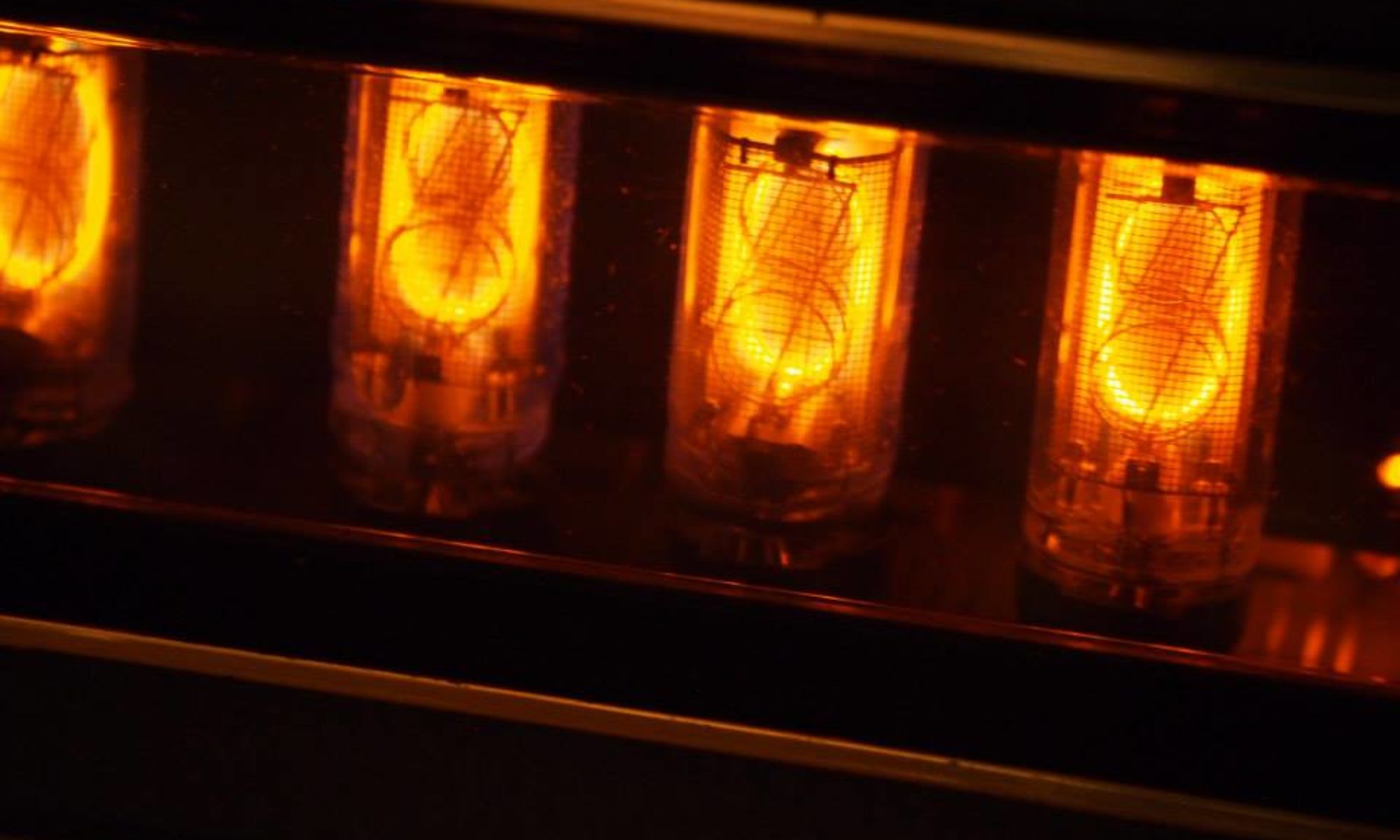Time: 1972
Place: The newly commissioned IND (Wier Cook) later Indianapolis International Airport
Players: Me, Ron Frederick (RADAR Technician)
It was a cool and quiet night at the airport. Myself and a guy named Ron Frederick were on duty in the equipment room next to the IND TRACON. In 1972 I had been on the payroll less than 2 years and had spent about 1/2 that time in Oklahoma City in training. This FAA and the Aviation business was still very new to me. A phone call came down to us from the tower advising that they could not select the high intensity approach lights on the main runway. They has been doing approaches on the intersecting secondary runway and wanted to switch the traffic pattern to use the longer runway. That evening the visibility was literally -0- with fog. At runway level the visibility was about 30 FEET.
The weather bureau had reported it as -0- in the area. This was before the days of Category IIIa approach systems to handle -0- visibility approaches. In fact, technically speaking, there was no such thing as a -0- -0- approach of any kind in 1972.
Ron, who was an experienced technician, informed me it was a common complaint. The other crew had done some maintenance on the runway approach lights the day before and had probably left the system in local (site) control by mistake. It was common practice in those days for us to drive out onto the airport, to the remote equipment site, and return the system to remote (tower) control. Out the door we went and into a government car to make a brief site visit to correct the problem. It was a slow drive due to the extremely poor visibility. To reach the site we had to take a gravel road that cut through the active runway lighting system. That lighting system was still on, it was the lighting system for the current active runway, and was turned up all the way (step 5 it was called).
At the point we went between the light standards on the gravel road the lighting assemblies were about 3 feet above the top of the government car. At step 5 the approach lights were at the maximum allowed current setting and lit up the sky in the area, it gave the fog an eerie glow that could be seen about 200 feet even in the low visibility as we approached them in the government station wagon. Just before we entered the light standards Ron remarked “I hope some fool is not down looking for the runway”. I was thinking to myself what in the world does he mean by “…down looking for the runway”? I found out.
Just as we went through exactly even with the rows of poles that the light standards were mounted on a jet went right over the top of the government station wagon. To clarify RIGHT OVER I mean about 20 feet (to the groves in the tires) above our heads. This would have been a DC-9 most likely, engines spooled up, flaps down for landing, landing lights on full brightness, landing gear down. At that point of the approach a DC-9 would be doing about 140 knots. The roar was deafening and it was over in a fraction of a second. There was not enough time to even THINK OH-S@@T.
We drove on for a few hundred feet. I could see Ron was gripping the steering wheel very tight and his jaw muscles were flexing. #$@#$# D@@@IT I hate it when they do that. I was thinking “these people are completely nuts, what have I gotten myself into in this job”.
What was done in those days was during extremely low visibility conditions the bold but not old pilots would fly the published ILS system down to the minimum decision altitude. Of course in those conditions they had no hope of visually acquiring the runway. They would continue the approach with whatever they had available (for example air to ground height determining RADAR) until they could see the gentle glow of the high intensity approach lights like a carpet under the aircraft. They would then follow the glow under the airplane down. At the instant the lights vanished they knew they were over the runway hard surface and they would let the aircraft settle onto the runway and steer between the runway edge lights to make it to the terminal area. As an Boeing 737 pilot once told me during a cockpit jump seat ride: you have got to land the airplane eventually and it is so much nicer to land on an airport. I have to agree.









































